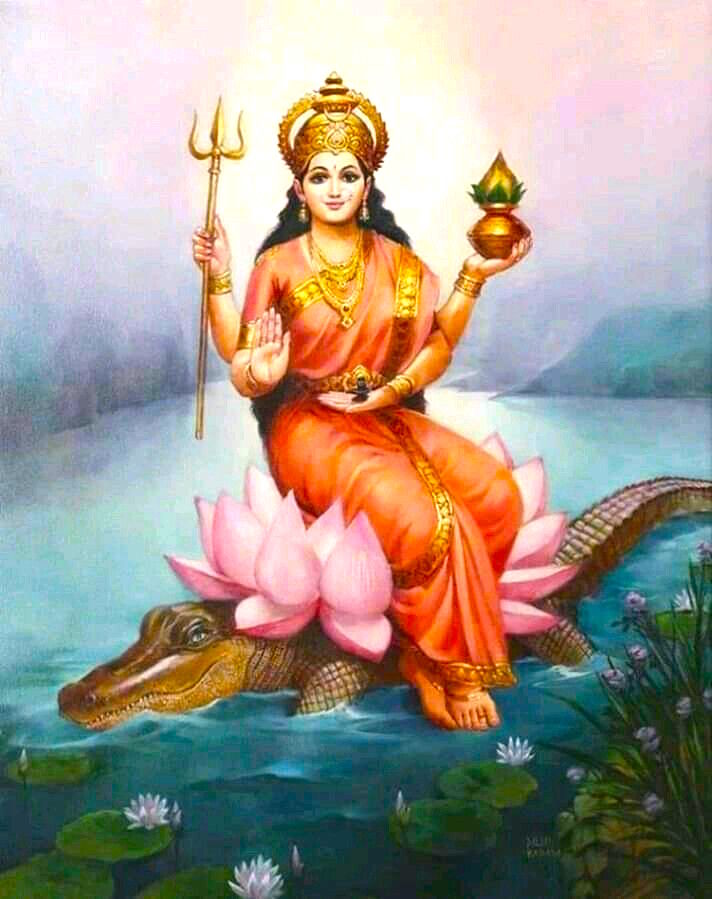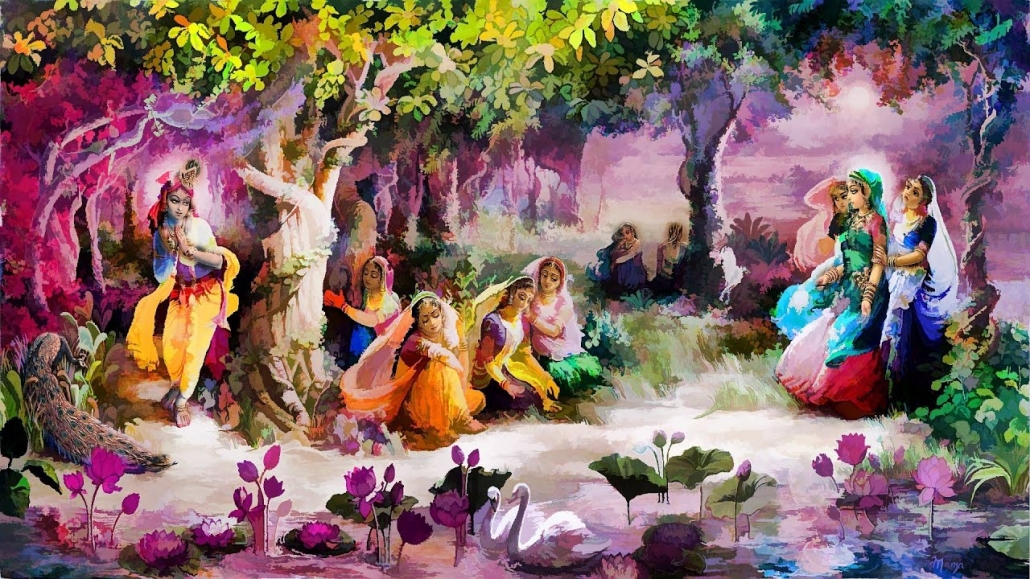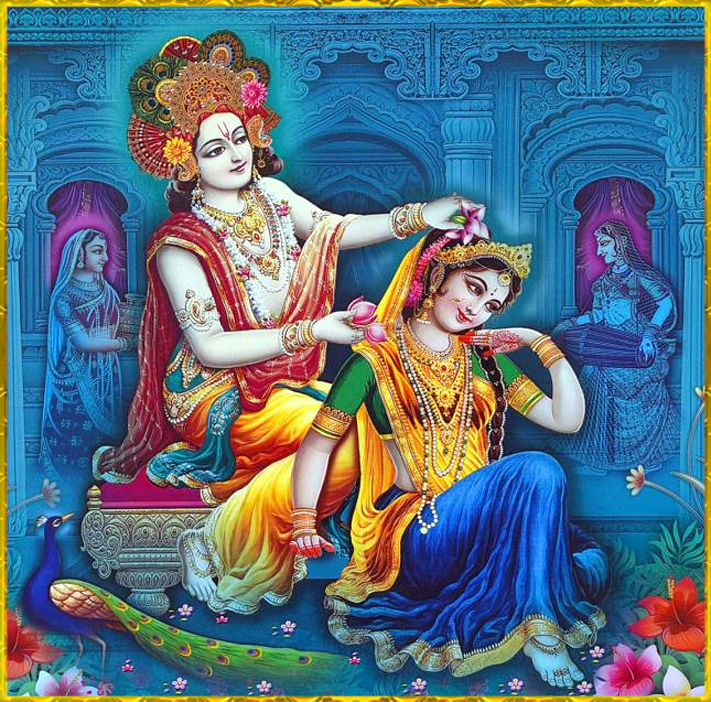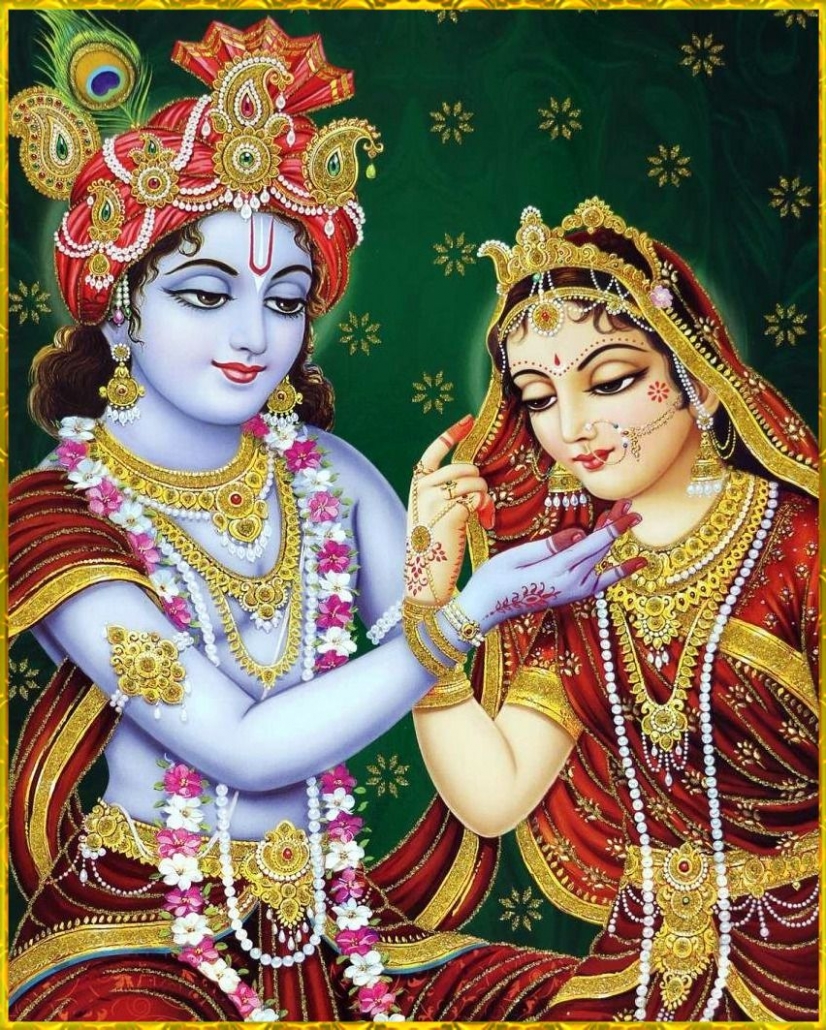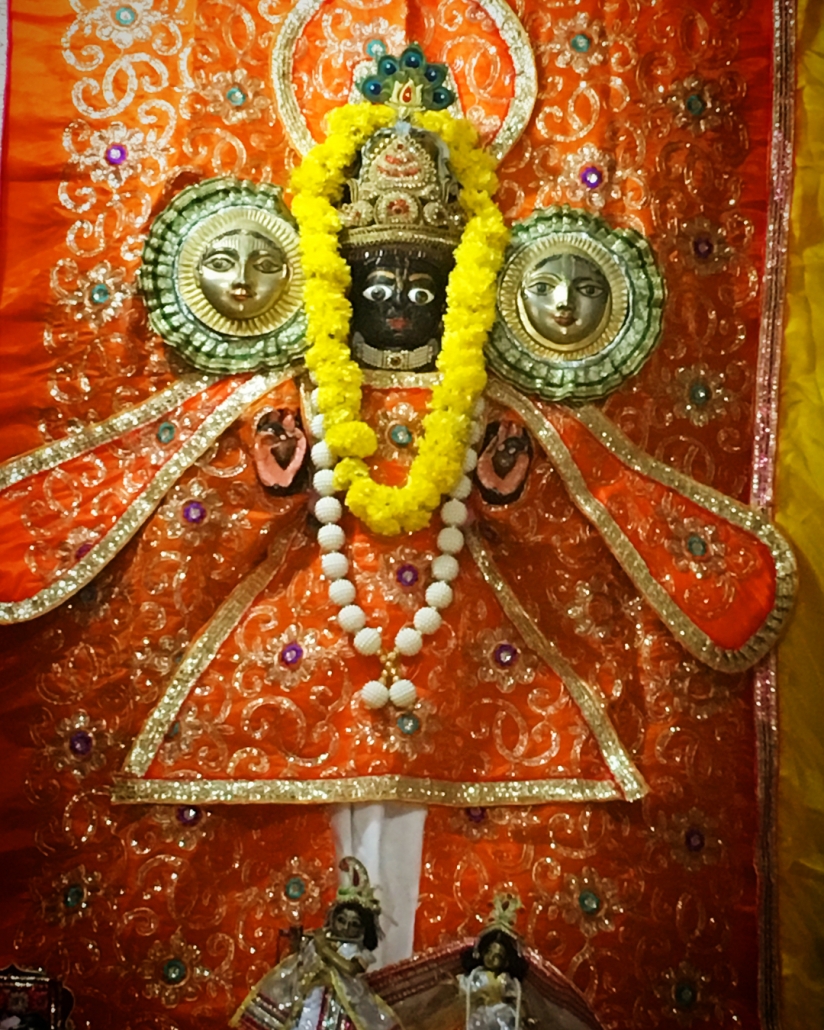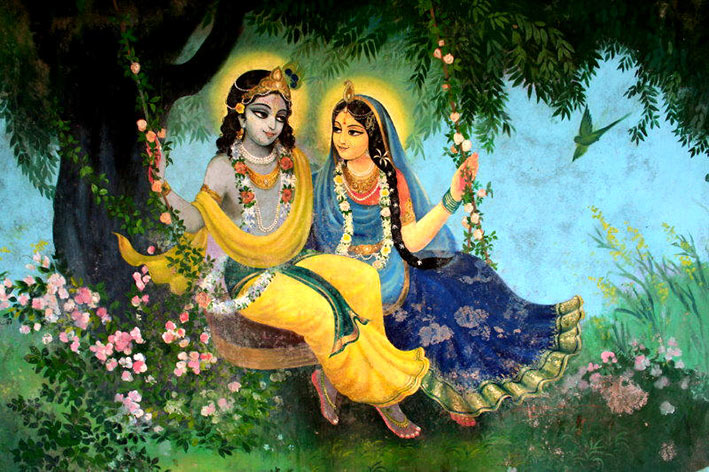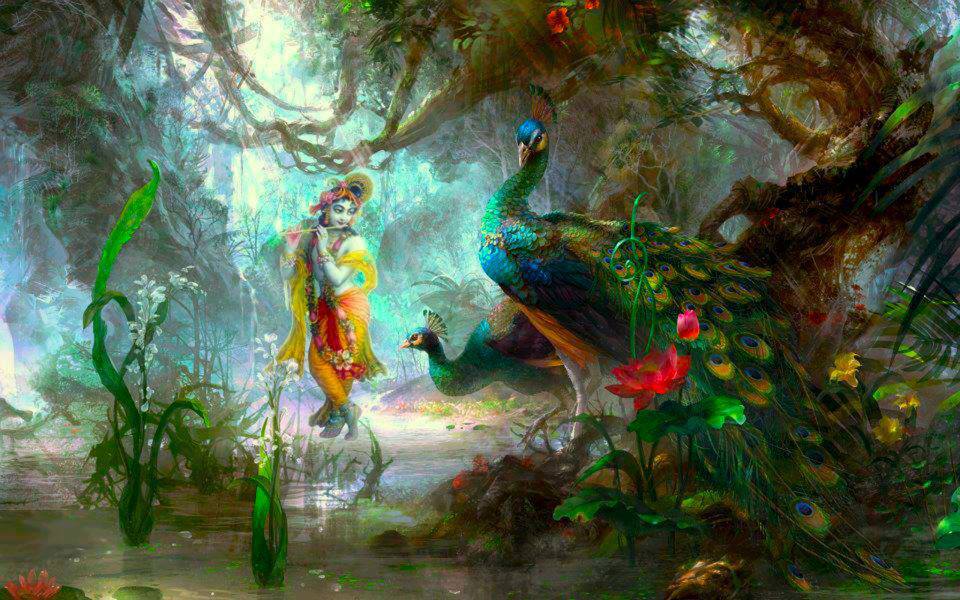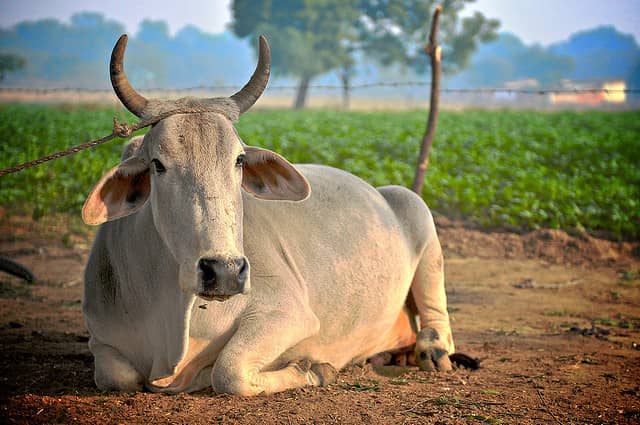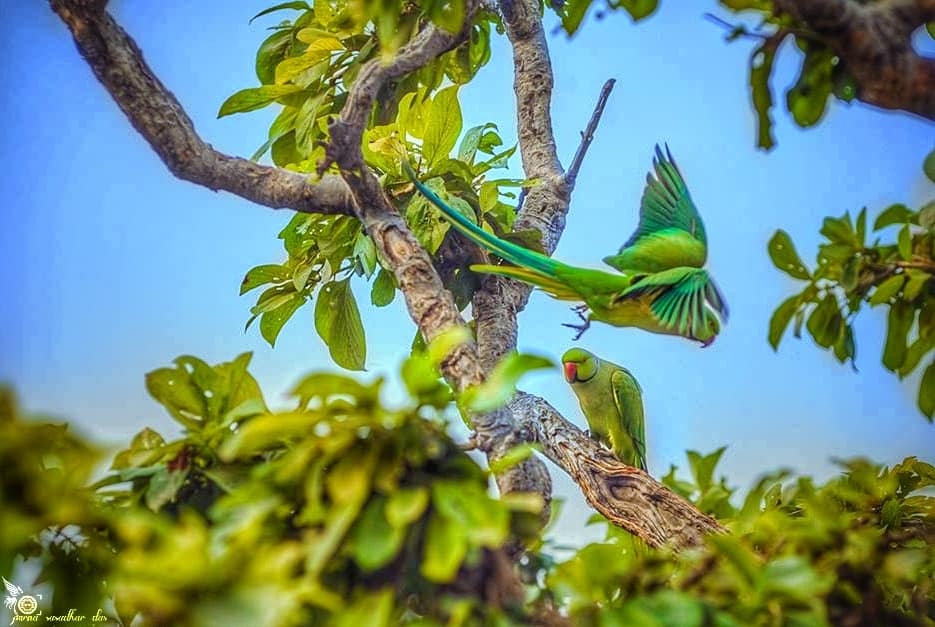Mahanidhi Madan Gopal Das
The River Ganga appeared in this world in the most auspicious month of Vaishakha on the day of shukla akshaya tritiya (May). Some say Ganga appears in Jyestha month on Ganga Dusshera. There is a story describing how once Maa Ganga’s rising waters threatened to engulf Jahnu Rishi’s ashrama, so he swallowed her. Then after some time, on Vaishakha sukla saptami, the rishi released Ganga from his ear or thigh according to some Puranas. Thus, this saptami day is the day that the Jahnavi Ganga appeared. On these two days, we encourage all devotees to remember, pray to, bathe and worship the sweet kind mother of all sacred rivers. Gange! Gange! Gange! Ki jai!
We can also read and meditate on the wonderful statements below gloryifying Maa Ganga, which are taken from our book Appreciating Navadvipa Dhama:
Lord Kṛṣṇa told Uddhava in the Śrīmad Bhāgavatam 11.16.20, “Among sacred and flowing things, I am the holy Ganges.”
Vṛndāvana Dāsa Ṭhākura says, “Kṛṣṇa is always present wherever these four things are found: the Śrīmad Bhāgavatam, Tulasī, Gaṅgā, and His devotees. The Deity form of the Lord may be worshiped only after doing the prāṇa-pratiṣtha ceremony [installation]. However, the Vedas say that these other four forms are the Supreme Lord Himself from the moment they appear in this world.” (Caitanya Bhagavata Madhya 21.81)
The Agni Purāṇa describes the personified form of Gaṅgā Devī as being white in color, riding on a makara [a variety of fish], and holding a pot and lotus in her hands. “In Gaura-līlā, the Ganges River appeared as the daughter of Lord Nityānanda named Gaṅgā Devī.” (Gaura Ganodesa Dipika)
Śrī Kavi Karnapura glorifies Gaṅgā Devī in his Caitanya-carita mahākavya: “Flooding Lord Śiva’s matted hair shining with the reflection of the crescent moon; pure with the touch of the Supreme Personality of Godhead’s lotus feet; beautiful, sweet, manifesting the supreme abode; restless, transcendental, eternal, flowing with pure waters; drying up the ocean of repeated birth and death though she herself is liquid; glorious, holding the transcendental form of Lord Kṛṣṇa in her embrace; destroying material illusion even though her course is winding; filled with playful waves, and bearing the fragrance of the Supreme Personality of Godhead; that sacred River Ganges, the famous river of the celestial world, is now flowing on earth, beautifying the transcendental land of Navadvīpa.”
“Seeing the fortune of the Yamunā in participating in Kṛṣṇa’s pastimes, the Gaṅgā did penance to become an associate of the Lord’s līlā. Bestowing His mercy, Kṛṣṇa appeared before Gaṅgā Devī and said, ‘In the form of Gaurāṅga I will perform pastimes with you.’ ” (NDM)
Lord Caitanya regularly bathed in the Ganges to satisfy her desire to embrace Him and serve His transcendental pastimes. As the topmost śikṣā-guru, Lord Caitanya would respectfully offer daṇḍavats to the Gaṅgā before entering. Lord Gaurāṅga purified the Gaṅgā by playing in her waters, and made her equal to the Yamunā which forever flows with vraja-prema.
Whenever Lord Caitanya bathed in the Gaṅgā, He behaved in a frolicsome manner with His devotees. They would engage in all sorts of games like splashing each other with handfuls of water. Loud shouts of “Hari bol!” would accent their sporting.
“Viśvambhara enjoyed Himself by swimming, diving, floating, playing games, and splashing water on His friends. The Lord would sometimes spend six hours playing in the Gaṅga.” (Caitanya Bhagavata)
“Once Garuḍa, Lord Viṣṇu’s giant eagle carrier, picked up a large snake when he was searching for food. While Garuḍa was flying over the Ganges, that snake’s tail happened to touch Gaṅgā’s sacred waters. Due to touching the Gaṅgā, the snake immediately attained a four-armed form resembling the residents of Vaikuṇṭha. Seeing this, Garuḍa then placed that glorious personality on his back, and personally carried him to Vaikuṇṭha.” (MD)
“A person who touches the Ganges attains an eternal spiritual form.” (Nārada Purāṇa)
“Sins perish just by remembering Gaṅgā, or even by merely looking at her. Very heinous sins perish by chanting her name. Hosts of great sins are exhausted by taking a daily bath in the Gaṅgā, by drinking her water, and by offering oblations into her waters. As cotton is immediately burned by fire, sins are destroyed in a moment by the touch of her waters.” (Padma Purāṇa) Gaṅgā Mayi ki jai!
“One who fasts, bathes in the Gaṅgā on Gaura Pūrṇima, and worships Lord Gaurāṅga will cross over the material ocean of birth and death along with one thousand of his ancestors, and attain Goloka after death.” (NDM)
“Puṇḍarika Vidyānidhi always drank Gaṅgā water before worshiping the Lord. By this he taught the proud scholars about the greatness of Mother Gaṅgā.” (Caitanya Bhagavata)
Western devotees often sit on the banks of the Gaṅgā, and cover their bodies with mud before bathing in Gaṅgā’s nectarean waters. Besides being beneficial for health, this playful practice purifies the soul. “He who smears the mud from the banks of the Gaṅgā on his head and body will get the lustre and glow of the demigods like Sūrya. The Ganges water can wash off all sins.” (Mahābhārata)
“Anyone who puts clay from the bank of Gaṅgā on his head or smears his body with it becomes free from all sins, even without bathing in Gaṅgā. He who chants the word ‘Gaṅgā, Gaṅgā’ even from a distance of hundreds of yojanas from Gaṅgā is freed from all sins and goes to Vaikuṇṭha.” (Padma Purāṇa)
“One becomes purified of sins by seeing, touching, or drinking the Gaṅgā.” (Agni Purāṇa)
“Śrī Caitanya Mahāprabhu said, ‘The great glory of the Ganges is that she teaches the chanting of Lord Kṛṣṇa’s holy names. The breezes from the Gaṅgā blow here. That is why I hear Lord Kṛṣṇa’s glories.’ Eager to see the Gaṅgā, Lord Caitanya walked swiftly. Accompanied by Lord Nityānanda, Lord Gaurāṅga happily dove into the Gaṅgā while chanting, ‘Gaṅgā! Gaṅgā!’
“Lord Caitanya continued, ‘Your splendid transcendental water is the embodiment of ecstatic love. Anyone who once hears your name attains genuine devotion to Lord Viṣṇu. How much greater than is a person who drinks your waters. By your mercy people chant the name “Kṛṣṇa!” There is no other reason for this. A bird, dog, jackal, worm or insect who lives on your bank becomes fortunate. You came to this world to rescue fallen souls. No one is your equal.’ Anyone who hears Lord Caitanya’s prayers glorifying Gaṅgā Devī will find love for Śrī Kṛṣṇa Caitanya in his heart.” (Caitanya Bhagavata Antya 1.106-123)
“Śrī Gaurāṅga Mahāprabhu is like a golden mountain emanating the jewels of the highest form of Kṛṣṇa-prema. Gaurāṅga wanders here and there distributing His mercy to the afflicted. Known as Viśvambhara, the maintainer of the universe, He flooded the universe with a Ganges river of tears, flowing from His eyes in waves of love of Godhead.” (SNV)
“Lord Nityānanda said, ‘Service to the Gaṅgā breaks offenses to pieces.’ Śrī Gaurāṅga Mahāprabhu said, ‘By the power of bathing in the Gaṅgā, and chanting the holy name of Lord Hari Prabhu people attain devotional service to the Lord.’ ’’ (Caitanya Bhagavata)
“Lord Gaurāṅga felt morose and wondered why He could not attain the happiness of ecstatic love, even after chanting and dancing for a long time. Advaita Ᾱcārya, however, was clapping His hands and joyfully dancing. Thinking that He was completely devoid of Kṛṣṇa-prema, Gaurāṅga jumped in the Gaṅgā to drown Himself. Grabbing Gaurāṅga’s hair and feet, Nityānanda and Haridāsa saved Him.
“Lord Caitanya said, ‘Why should I stay alive if there is no ecstatic love for Kṛṣṇa in My life? Why did you two rescue Me?’ ’’ (Caitanya Bhagavata)

